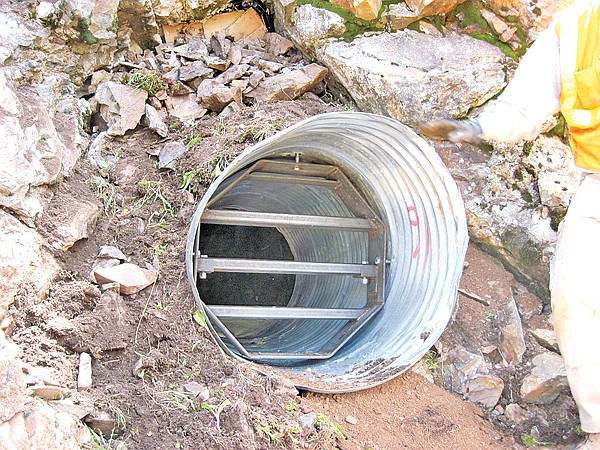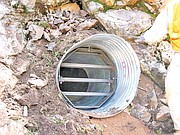State completes Snowshoe Mine cleanup
The Montana Department of Environmental Quality announced this week that the Snowshoe Mine Reclamation Project has successfully been completed.
The project dates back to 2007 when Montana DEQ in conjunction with the Kootenai National Forest began removing mine waste materials within the Snowshoe Creek drainage near Libby.
“Completion of this project will improve water quality in Snowshoe Creek and reduce the overall risk to human health and the environment posed by heavy metals and acidic soils and will also allow for the eventual recovery of riparian vegetation and associated habitats,” said Steve Opp, reclamation specialist and Snowshoe Mine site project officer with DEQ. “People will be able to enjoy the natural beauty of the area without the yellow and orange tailings, laden with heavy metals in Snowshoe Creek, and without the danger posed by mine openings.”
Historic mining operations at the mine left behind approximately 65,000 cubic yards of heavy metal laden tailings and waste rock on approximately 13 acres adjacent to Snowshoe Creek. Officials said arsenic, copper, iron, mercury, lead, antimony and zinc from the mine wastes contributed to the degradation of water quality in Snowshoe Creek.
The volume of removed materials is equivalent to filling about 5,000 standard dump trucks. The waste materials were hauled to a nearby repository location and sealed in place.
Officials said the repository consisted of a multi-layered impermeable cap. Additionally, two mine adits were sealed with bat-friendly closures. Clean amended cover soil, which was fertilized, seeded and mulched, was placed within the footprints of the removed wastes.
In addition, Snowshoe Creek was reconstructed through the disturbed footprint.
The reclamation was funded by the Department of Interior, Office of Surface Mining, the U.S. Forest Service and the Montana Department of Natural Resources.
The project was completed back in July at a cost of approximately $3.3 million and employed several people from the community over the three-year period.
“This project was a good opportunity to work closely with the State of Montana to clean up a heavily impacted watershed in the most efficient way possible,” Nancy Rusho, Abandoned Mined Lands Program leader with the U.S. Forest Service’s Region 1, said through a press release. “Both the Forest Service and the State of Montana focused on the best way to clean up the watershed, rather than where private lands ended and Forest Service lands began. Our cooperation maximized resources, and was cost effective and protective of human health and the environment.”



